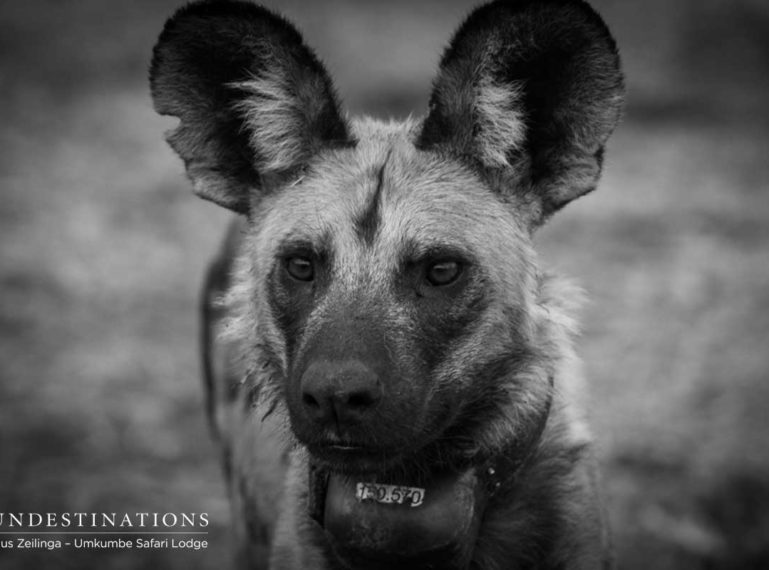
The unmistakeable high-pitched bird-like chitters of the African wild dog could be heard echoing through the traverse around Umkumbe Safari Lodge. Having enjoyed plentiful wild dog sightings recently, rangers and trackers weren’t surprised that the dogs were out and about. The painted dogs, as they’re affectionately known, are one of the world’s most endangered carnivore and their largest threat is habitat destruction and human-wildlife conflict.
These successful carnivores are not only experts in their field of kill tactics but they’re also incredibly family-oriented and highly social. The provide for, and protect their own. Umkumbe’s recent sighting of the Toulon pack of wild dogs was nothing short of astounding.
Here are the series of events leading up to the main show.
In the beginning of August, Umkumbe enjoyed several sightings of wild dogs in one weekend! The pack of dogs were in hot pursuit of a bushbuck that was enjoying its surrounds in the Sand River. When the dogs gave chase, the startled antelope headed straight for the lawns of the lodge to seek refuge. This did not deter the canines.
Wild dogs actually hunt their prey by coursing, which is a rather brazen and brave method of tackling prey. Coursing is when the predator approaches prey directly, with no stalking involved and then chases the prey relentlessly until the intended victim is exhausted. Two of the dogs actually pursued the unlucky recipient into the camp but came back empty handed!
Cue a couple of weeks later and the wild dogs are spotted again. During game drive on Tuesday morning and evening, the pack of wild dogs were seen engaging in a flurry of activity. On Wednesday morning, the show began! An entire clan of African wild dogs, together with their 10 pups (estimate) appeared to have just devoured some sort of kill.The dogs were covered in blood, guts and gore – a dead giveaway! Wild dogs have the ability to annihilate a kill in about 15 minutes. This is to avoid unwanted attention from big cat predators and scavengers that will take the kill for themselves.
Ranger Marius speculates there were about 12 adults at the scene, but is not 100% sure of numbers at this stage. The adult dogs were regurgitating their food for the pups, which added an extra dimension to the already phenomenal sighting. Adults have to do this with the food because the pups are stashed in the den for safekeeping. A few members of the clan will remain behind and safeguard the pups, while a select few will conduct the hunts. Dogs actually take turns in babysitting. The Toulon Pack were showing off with their typical wild dog behaviour, giving guests the full spectrum of behaviours to watch!
The Sabi Sand’s entire Toulon pack clan gave guests quite a memorable game viewing experience. These dogs are critically endangered and with only 6600 wild dogs remaining in the wild, it’s always richly rewarding experience observing healthy wild dog pups thriving in the Sabi Sand.
Why have Umkumbe enjoyed prolific wild dog sightings?
Apart from the trackers and rangers highly attuned skills, there is a plausible explanation for all the recent wild dog sightings. Notoriously nomadic wild dogs spend much of their time covering a wide range, except during their denning period which is timed with the end of the impala rutting season during May. Impala rams are exhausted and make for easy prey.
When the dogs give birth to pups, they find a suitable den area and remain there for about 3 months. During these months the pups will be fed, babysat and looked after by the entire clan. This would explain why the entire pack was congregating in one area. A few breakaways were seen out hunting, but that’s to bring meat back to the pack. During these 3 months the dogs are sedentary but once the pups are old enough, their nomadic ways will resume.
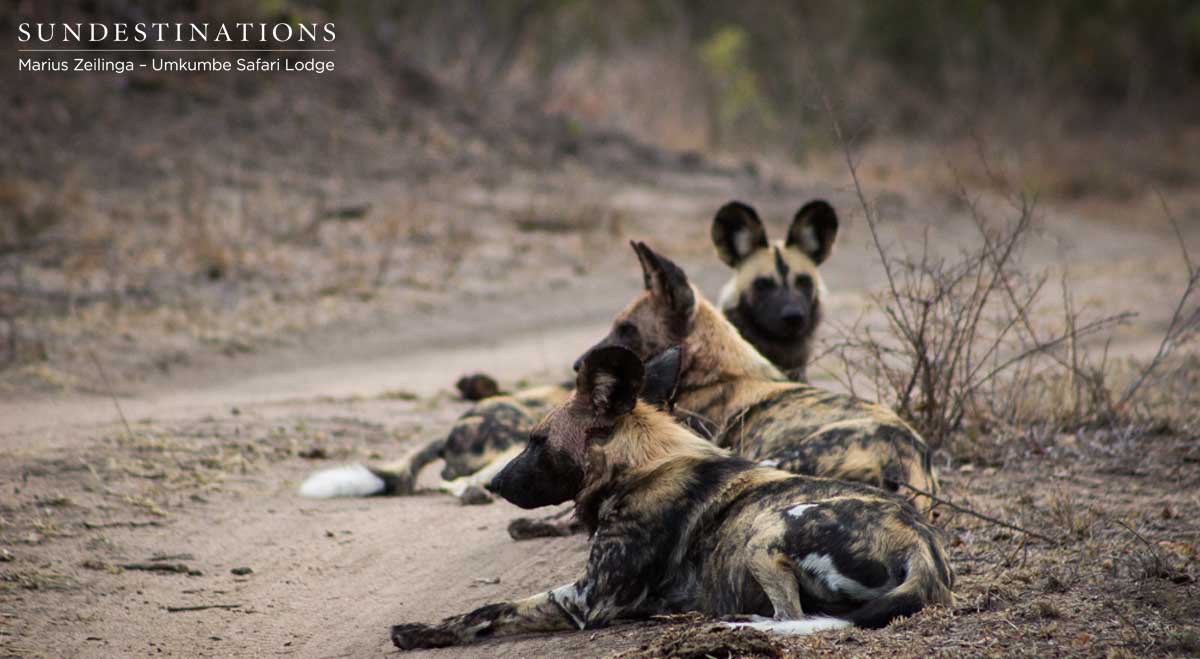
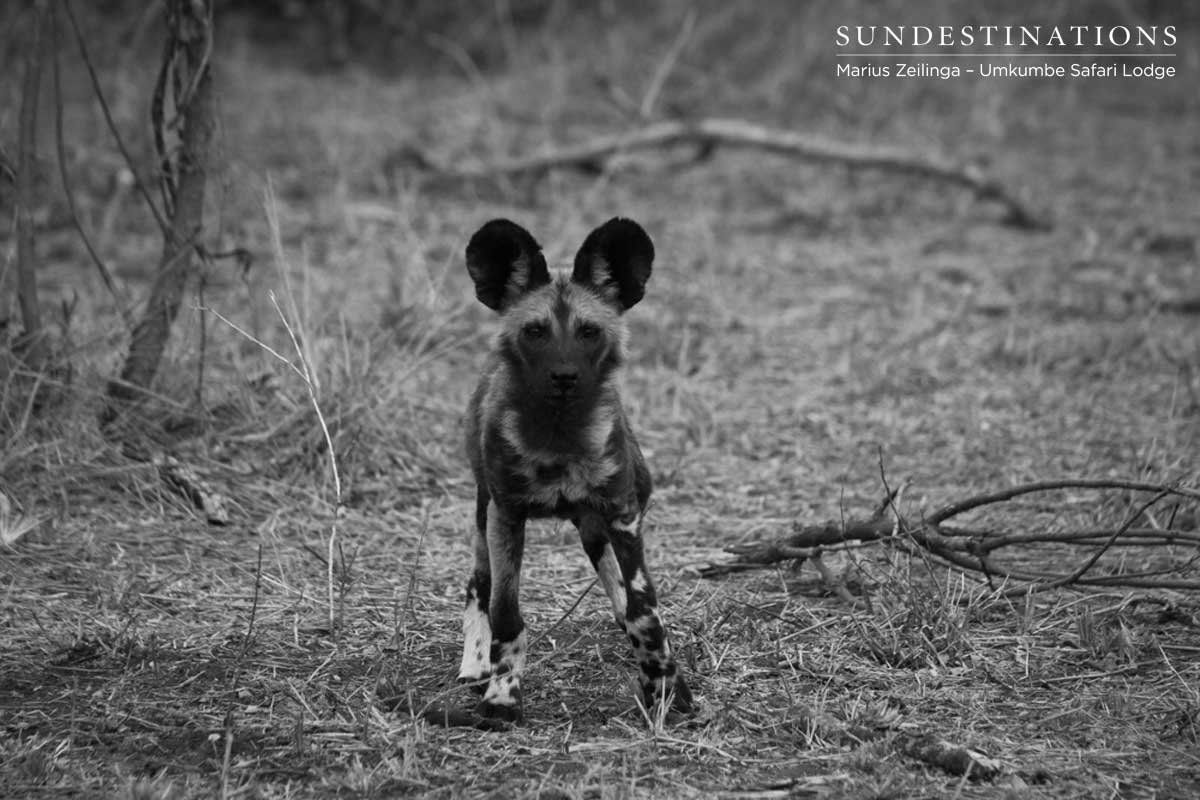
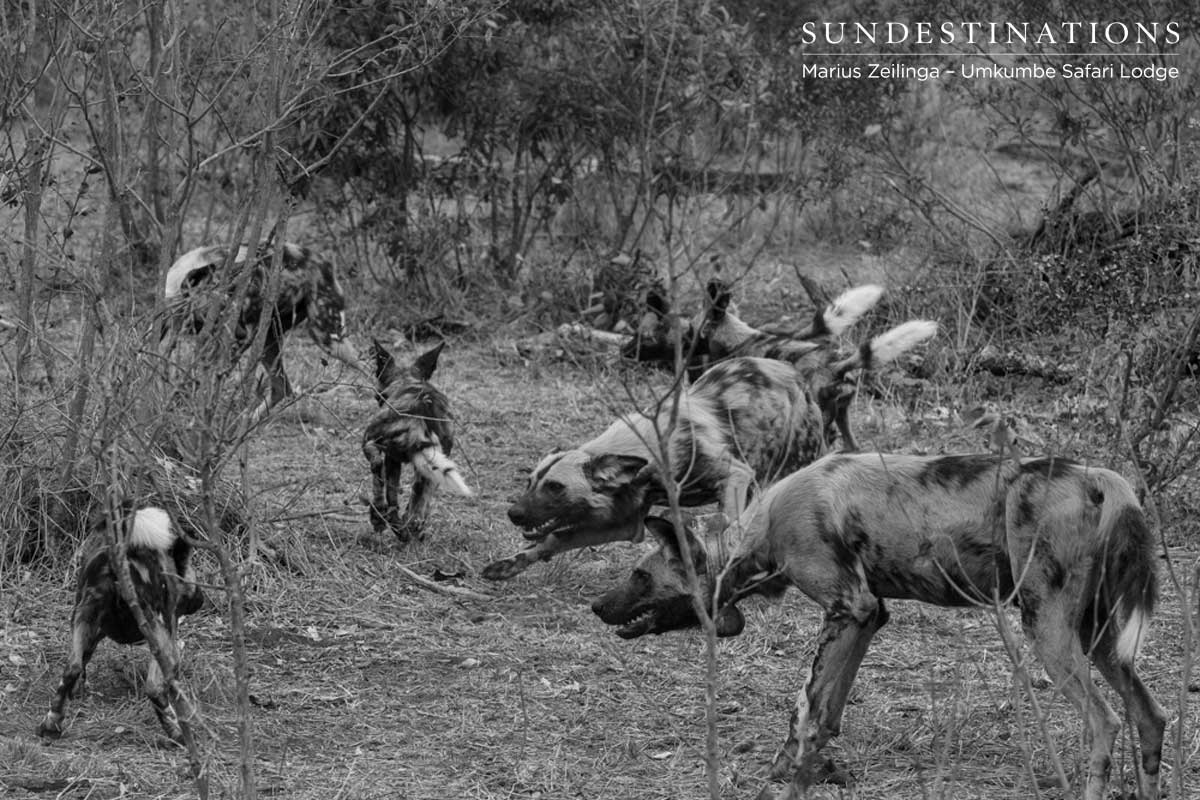
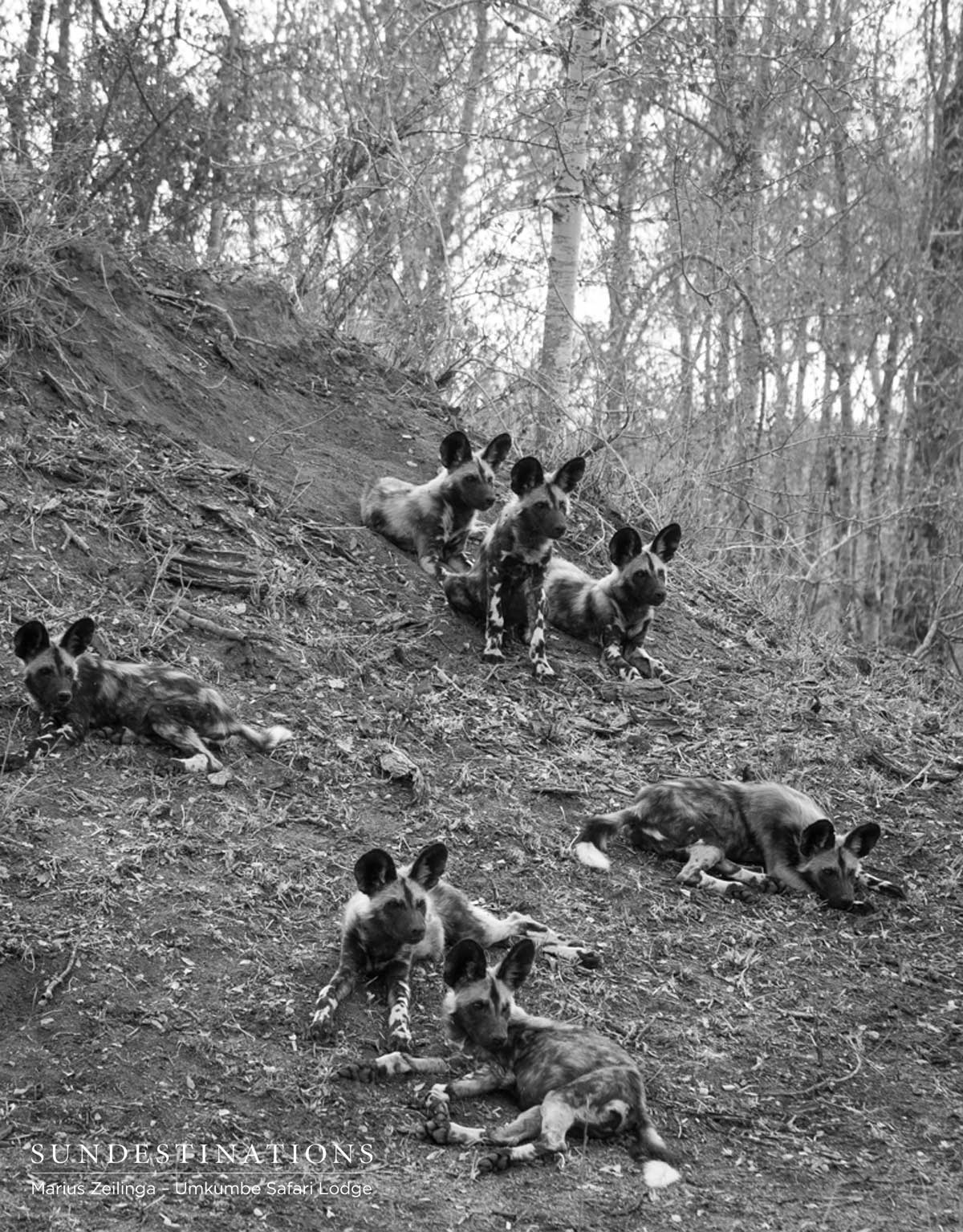
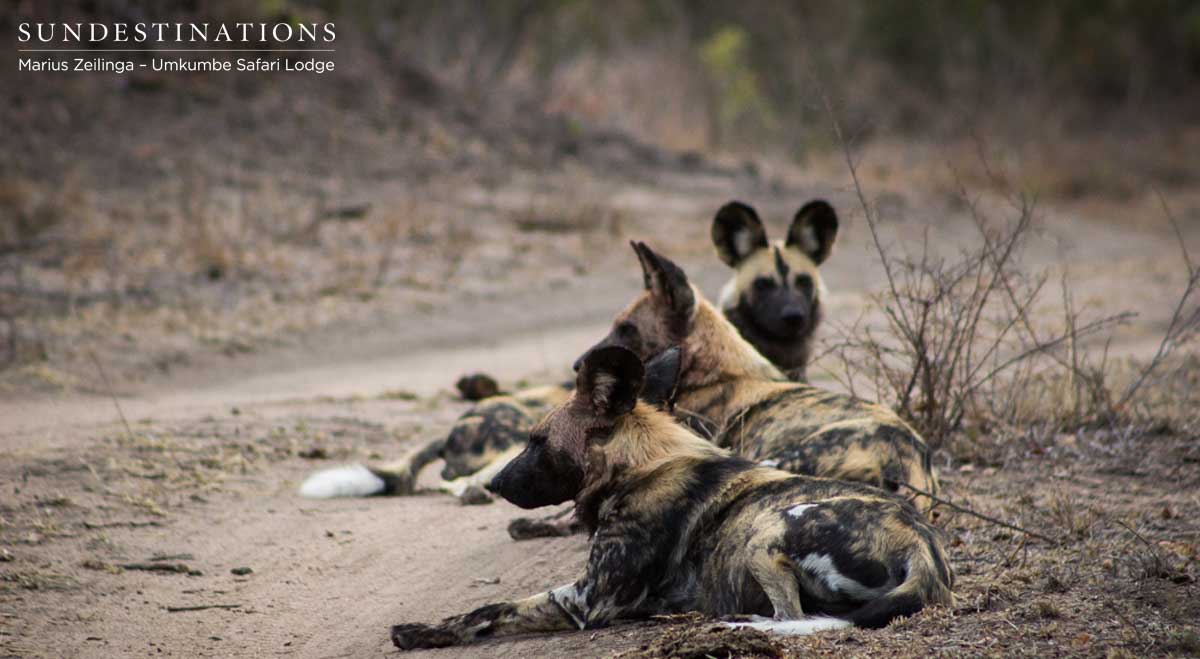
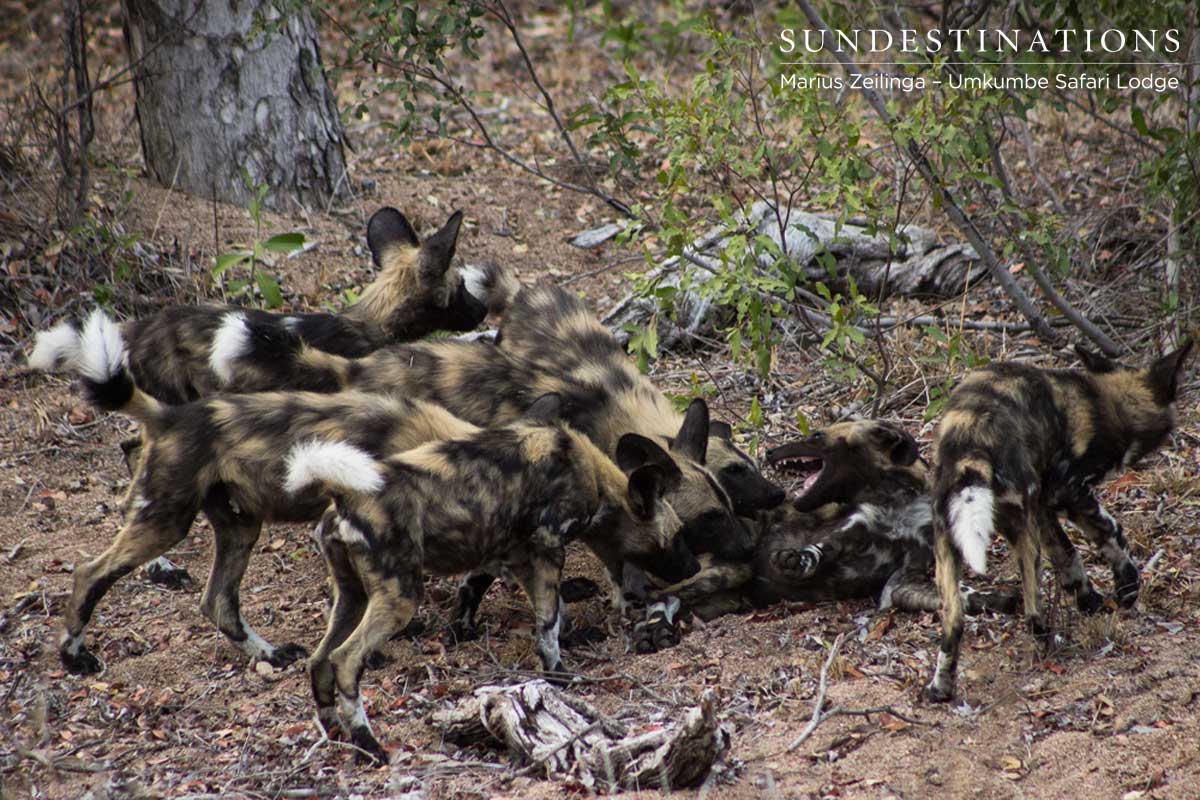
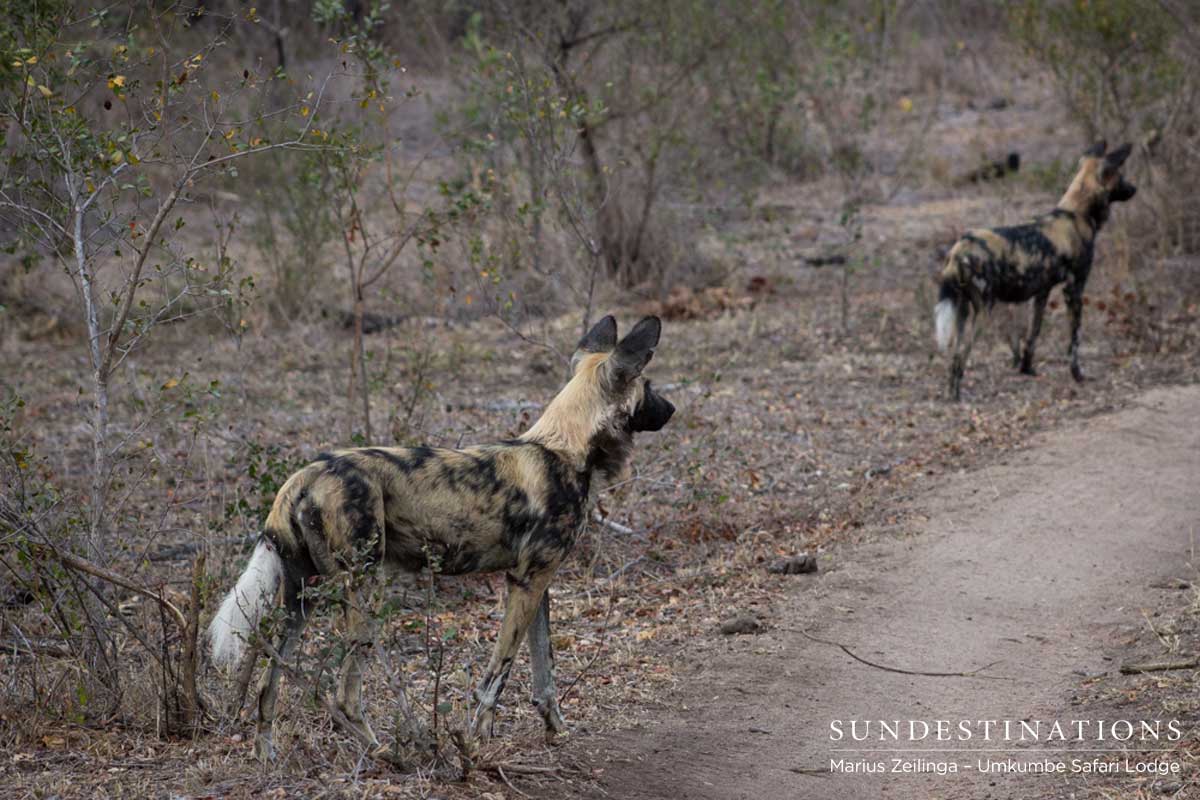
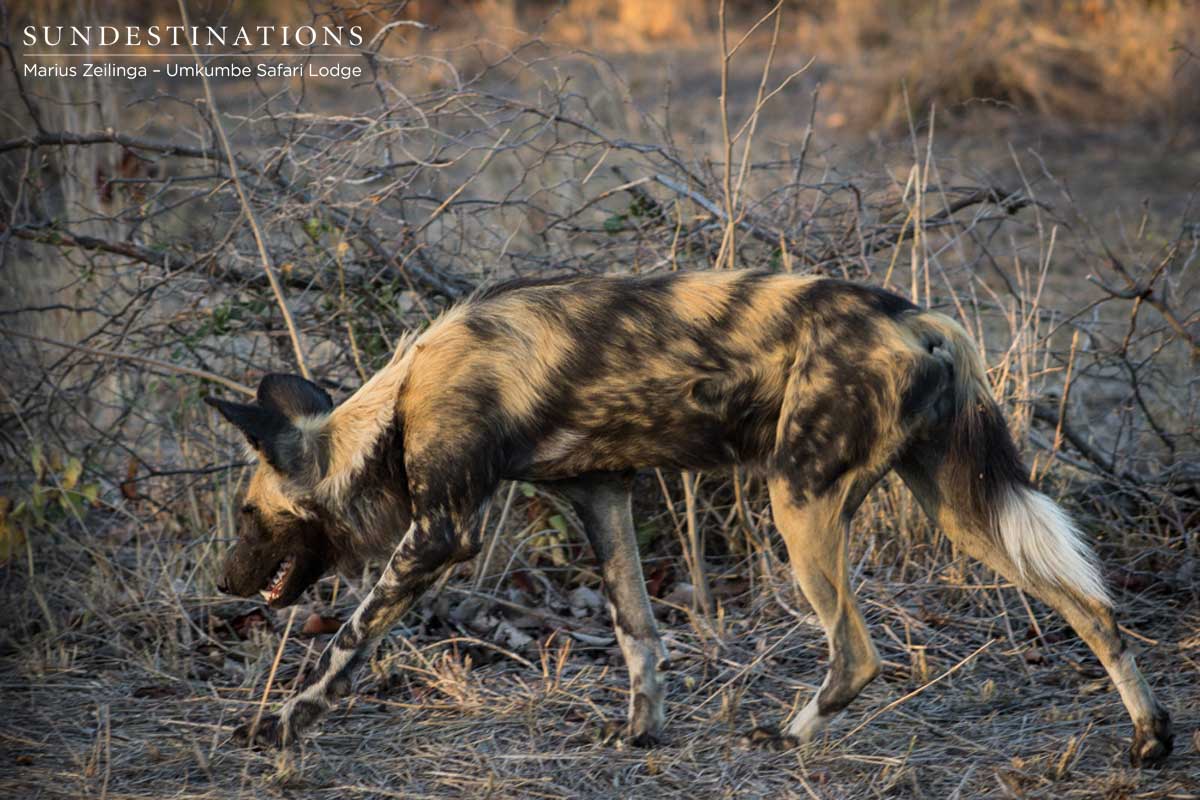
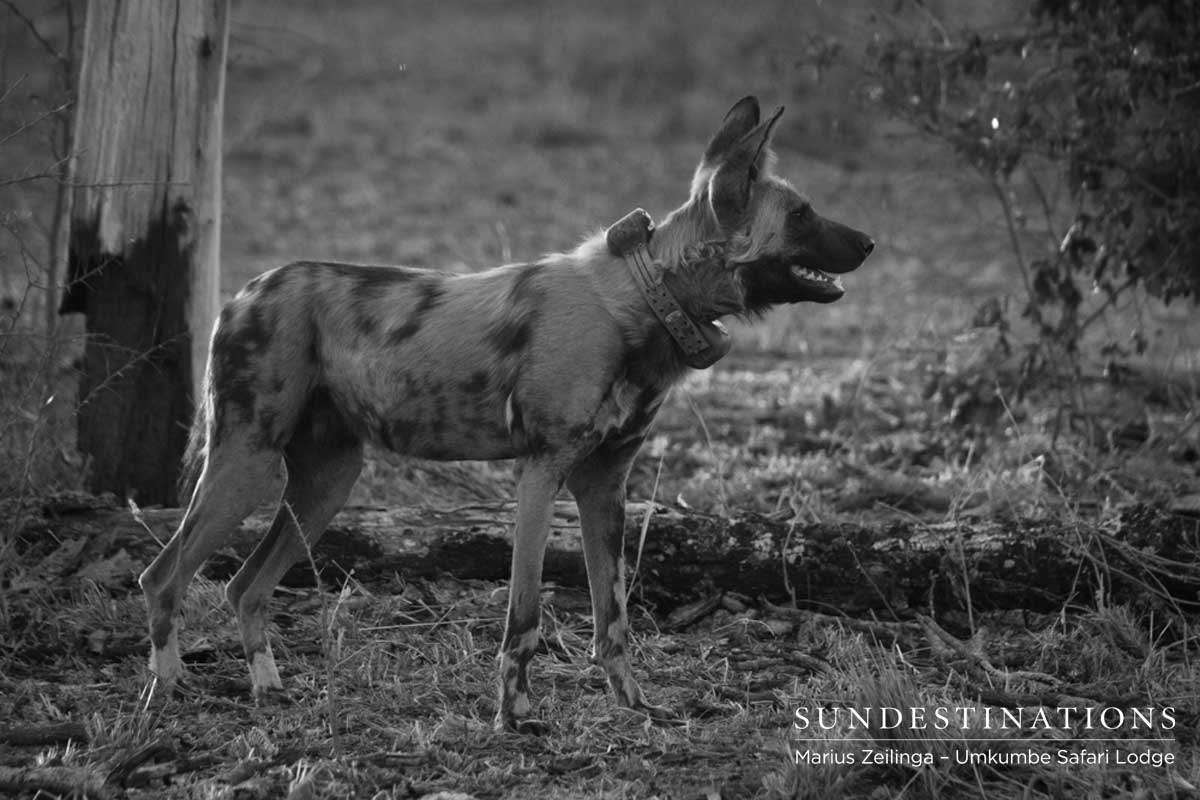
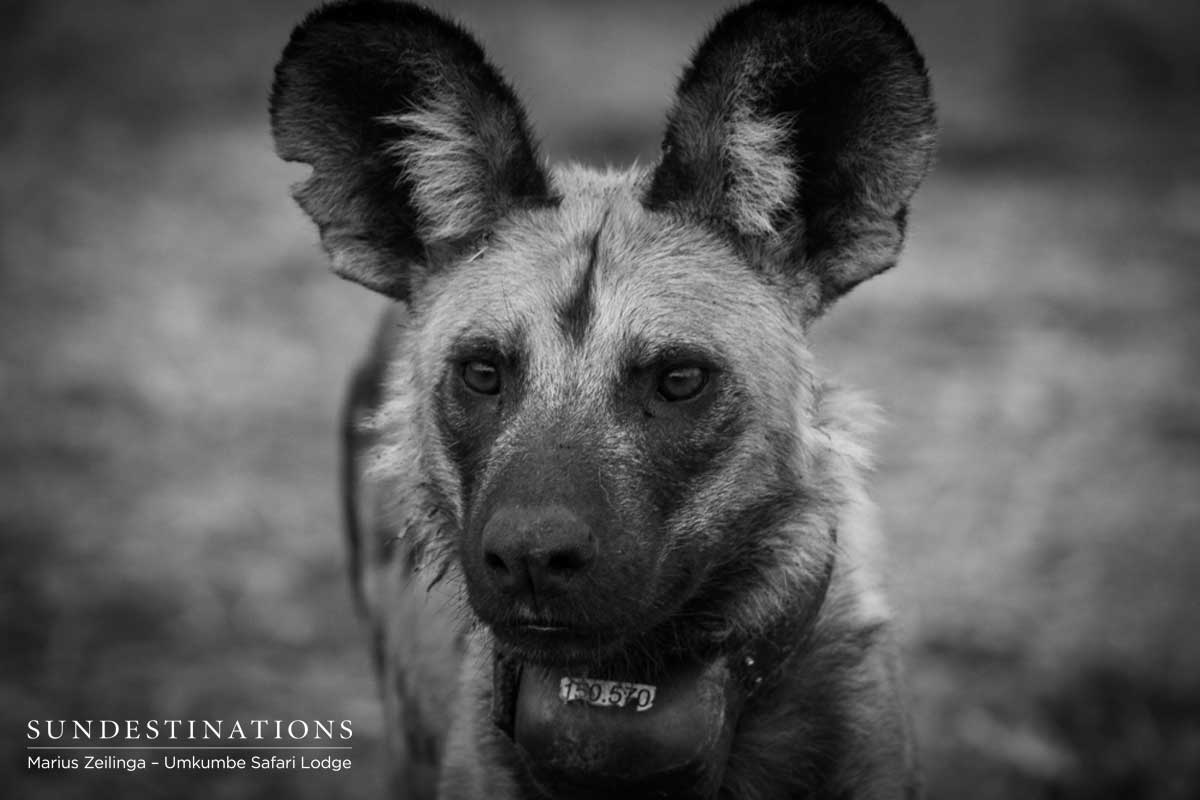
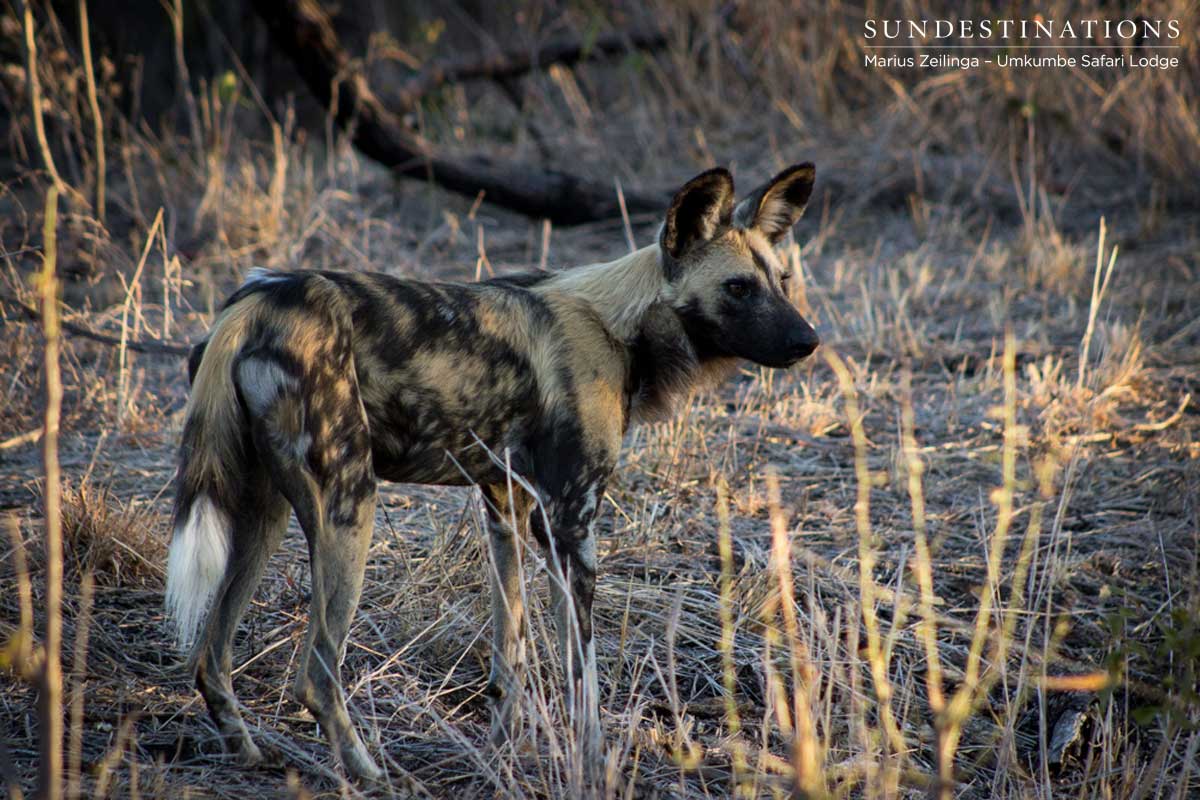
Leave a Comment